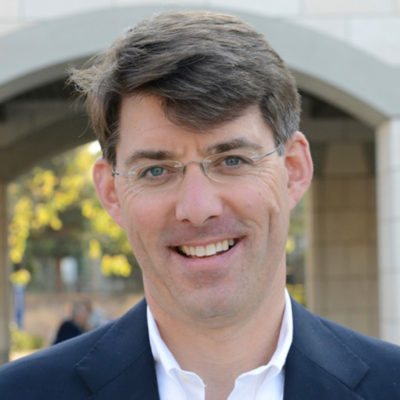Stanford Solar Policy Guide Urges U.S. Collaboration With China
Summary
Should it be all for one, and one for all when it comes to growth of the global solar industry? In a new study, researchers from Stanford’s Steyer-Taylor Center for Energy Policy and Finance make some intriguing and perhaps controversial solar policy recommendations for the U.S. government.
“The Chinese are not only leading the world in terms of the manufacturing of solar equipment, but they are also the largest deployer of solar energy,” says Dan Reicher, a co-author of the report and executive director of the Steyer-Taylor Center, which is a joint research center involving Stanford Law School and the Stanford Graduate School of Business. “And they are getting increasingly competitive in the research and development area, which the U.S. has historically been dominating. With a new federal administration and a new Congress, this is the time to be thinking about what we want the U.S. role in solar industry to look like five, 10 years from now.”
…
“A lot of money is being thrown into solar energy right now,” states Jeffrey Ball, the scholar-in-residence at the Steyer-Taylor Center and the report’s lead author. “We’re trying to identify public policies and private financing mechanisms that would spend that money more economically and efficiently, scaling up clean energy for all.”
…
“China’s solar industry and market is grossly misunderstood in the West,” says Ball.
…
“China has very ambitious targets for solar, and as a manufacturer and deployer of solar, it already dwarfs the U.S.,” says Ball. “The goal for the United States should not be to beat China. It should be to play to U.S. comparative advantages – to craft policies to reduce the cost of solar power for the benefit of the world and, in the process, for the benefit of the U.S.”
In addition to Reicher and Ball, former Stanford researchers Xiaojing Sun and Caitlin Pollock also co-authored the report, which is available here.
Read More
